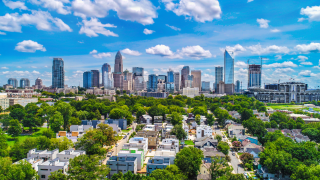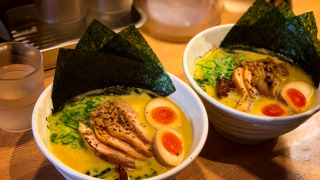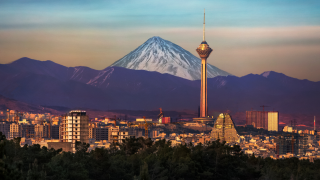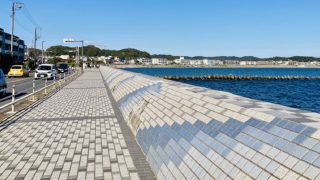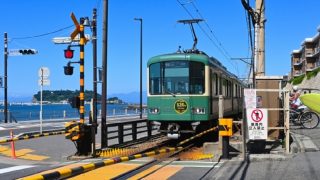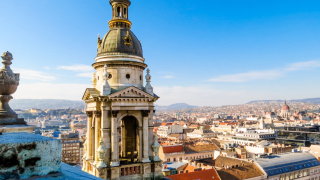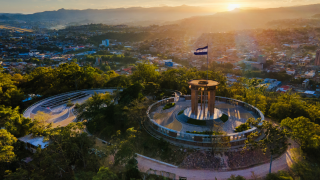 LOANWORD
LOANWORD Lolita Fashion Explained: Understanding the Street Style Born in Japan
Lolita fashion is not just about “cute clothing.” It represents a culture of liberation from social norms and is embraced worldwide as a way of affirming one’s true self.

